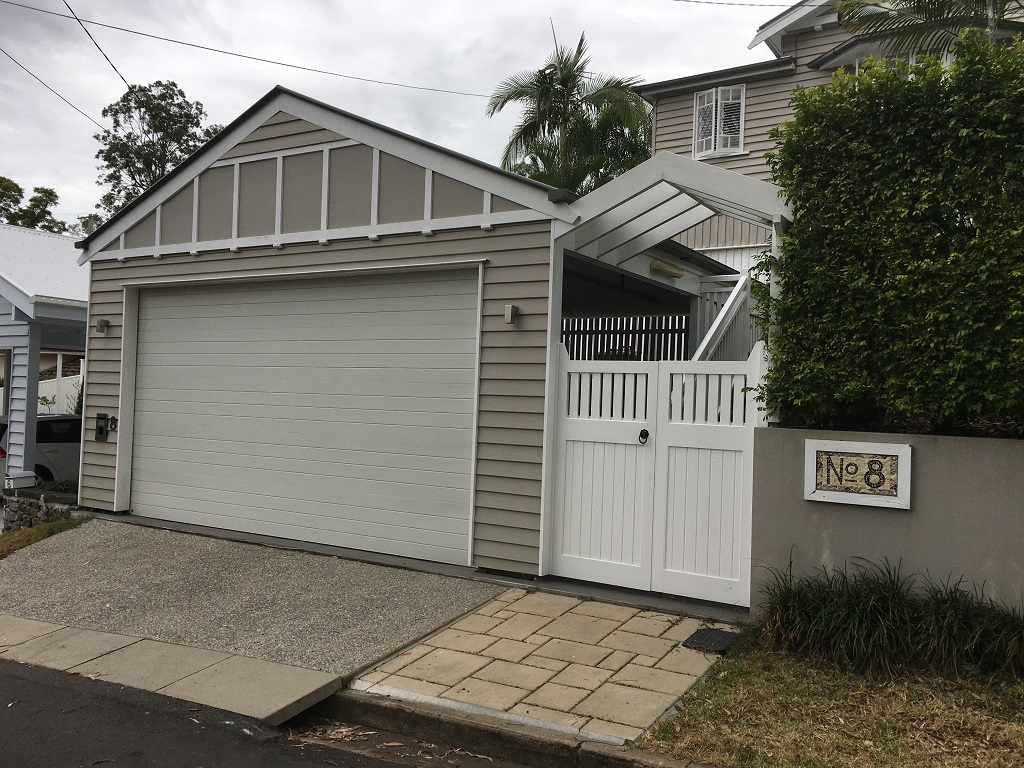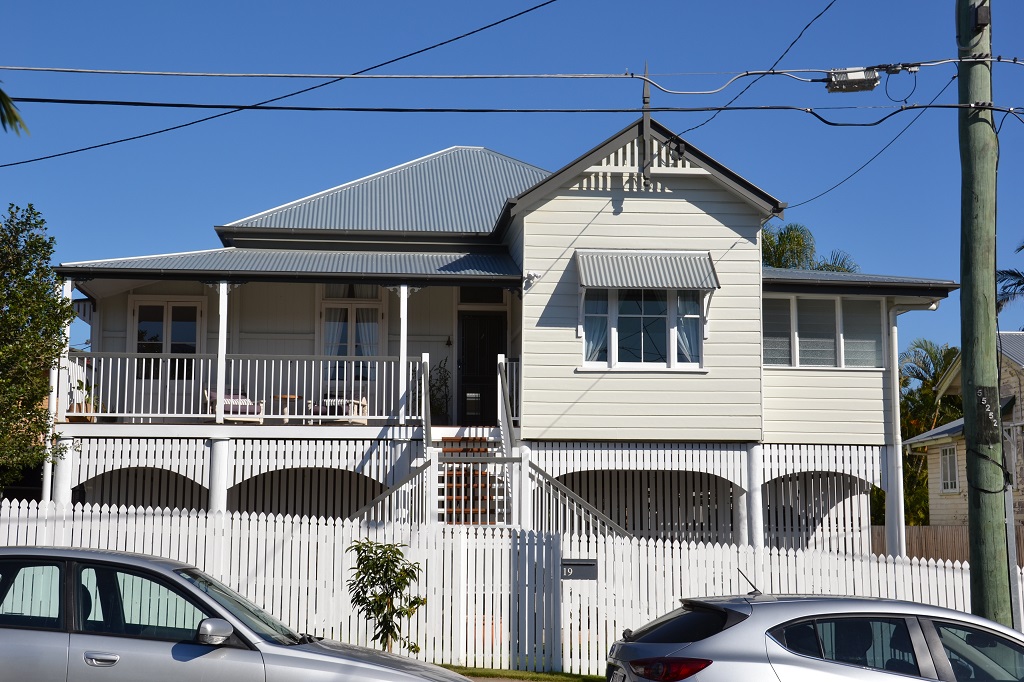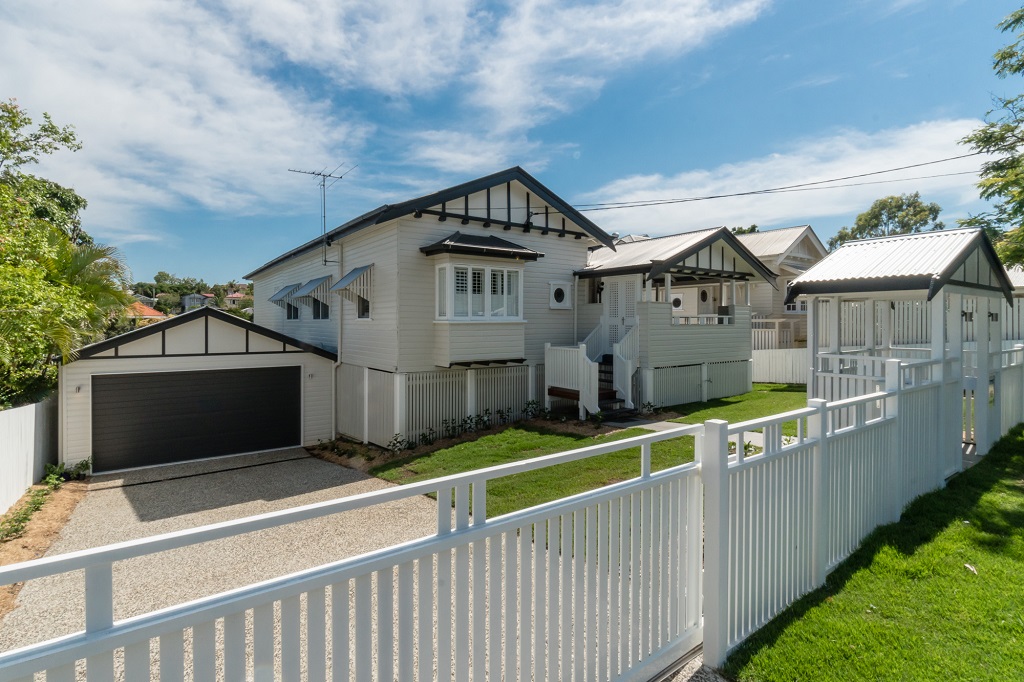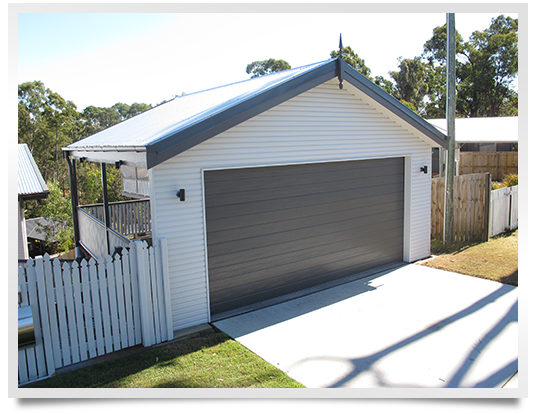Building in under is an attractive option for Brisbane home owners looking to increase the available space within their homes. We talk to many home owners who want to explore alternatives to raising their home, alternatives that generally require a compromise on quality which can add substantial costs that you may not be aware of.
Legal Heights
Firstly, there are two legal height requirements that you should be aware of and requirements are dependent on the type of space you’re looking to add to your home.
2100mm minimum height
Includes bathrooms, laundries, water closets (toilets), pantries, walk-in wardrobes, corridors, hallways, lobbies, photographic darkrooms, clothes drying rooms, and other spaces of a specialised nature that are not occupied for extended periods.
2400mmminimum height
Includes bedrooms, living rooms, lounge rooms, music rooms, television rooms, kitchens, dining rooms, sewing rooms, studies, playrooms, family rooms, home theatres, and sunrooms.
Preparing Your Brisbane Home for Building in
To achieve a space that you can enclose requires a level house, a level ground floor and steel post (for best results) rather than concrete or timber posts. Most people are aware of these requirements; however we receive many inquiries from Brisbane home owners looking at different options.
The process of build in under is straight forward; though poorly executed designs can result in dark cavernous spaces which can quickly diminish the returns on your renovation spend. Minimising the differences in look and feel between existing first floor spaces and proposed ground floor spaces will deliver the best results, this is almost impossible to achieve if you are below legal height requirements.

Building In Under Options…
Restump then build in
Benefits – Cheapest option, timber or concrete posts will be replaced with steel posts improving longevity, house will be level.
Issues – dependent on the age and type of slab, there may be moisture issues and limited or compromised structural integrity (prone to cracking, sinking or shifting). Depending on the height of your home, you may not meet minimum requirements for habitable spaces. Both issues will cause problems when seeking council approval for the proposed work.

Restump, slab then build in
Benefits – structural slab will include moisture and termite barrier, foundations will be sized correctly to avoid cracking, sinking or shifting over time, the result is a clean finish and a stable slab for building in under.
Issues – Increased costs if demolishing an existing slab, also depending on the height of your home you may not meet minimum requirements for habitable spaces which will cause a problem when seeking council approval for your proposed work.

Excavate down, retain, stump then build in
Benefits – structural slab will include moisture and termite barrier, foundations will be sized correctly to avoid cracking, sinking or shifting over time, the result is a clean finish and a stable slab for building in under, legal height can be achieved without raising your home.
Issues – Increased costs for excavating, retaining and demolishing (if existing slab in place), because new ground floor level will be below natural ground it will be difficult to plumb and be prone to moisture issues and flooding. Depending on existing height, machine accessibility may be an issue which will contribute to overall costs. If sufficient drainage is not included it will cause problems when seeking council approval for your proposed work.
Raise, stump and slab then build in
Benefits – structural slab will include moisture and termite barrier, foundations will be sized to avoid cracking, sinking or shifting over time delivering a clean finish and a stable slab for building in under, legal height can be achieved or even exceeded, delivering the best finished result.
Issues – Increased costs for raising your home and if demolishing an existing slab.

Costs Differences
Re-stumping vs. Raising and Re-stumping
It is worth noting the cost difference between re-stumping at your home at existing height compared to raising and re-stumping is approx. $6,000 – $8,000, this represents about a 30% difference on re-stumping alone.
Excavation vs. Raising
Depending on your level of excavation and height of retaining, your costs in addition to re-stumping exceeds the cost to raising your home; factor in the issues (and future costs) associated with positioning your ground floor below natural ground and it is no surprise people choose to raise rather than excavate.
For Best Results
The best result is when your new additions seamlessly connect with your existing. To minimise the transition between floors is no simple task, this is where an experienced building designer can help. Creating a ground floor space that recreates the same bright airy feel as your upper floor is more than just a few windows… Continuous spans, ceiling to floor windows, orientating rooms to maximize solar performance, locating directional louvers to capture local and seasonal breezes, accounting for neighbouring developments or on site retaining wall requirements (for steep lots) are all tools at your disposal that can influence the finished feel of your ground floor addition.
Introducing similar heights to your downstairs addition while allocating a ceiling cavity that is sufficient in size to hide supporting beams, plumbing, electrics, insulation and ducting for air-conditioning (if applicable) improves the connection between ground and first floors.
Recommended Levels
Ceiling heights average between 2700 – 3200mm in older Queenslander homes.
Having worked with many Brisbane homes over the years (pre and post war) the best results are achieved with a 2700 – 2800mm high ground floor height with an additional 500mm space to hide beams, plumbing, wiring and insulation.
For the average Queenslander house in Brisbane this is easily achievable within Brisbane City Council’s (BCC) designated 8500mm residential height limitations. For homes that have a steep pitch to their roof or are located on a sloping lot compromises may be required, this could be to ceiling or cavity heights, level of site excavation or waiting for the new city plan where an additional 1000mm will be added to maximum residential heights brining the level to 9500mm.
Thinking about a Raise and Build for your Queenslander home? Contact SEQ Building Design on 07 3257 7224 for an exploratory chat about your requirements.










3 comments
Nice article that describes the Build in under options nicely. Thank you. I’ll add a link to your blog to help my clients.
Matt Cornell
[…] Legal height – building in under a queensland home | seq Building in under is an attractive option for brisbane home owners looking to increase the available space within their homes. we talk to many home owners who want to. […]
Great article with good information – have added it to my Facebook property page as i am looking into a buying a Queenslander home in the local Laidley area.
Leave a comment
Want to express your opinion?
Leave a reply!